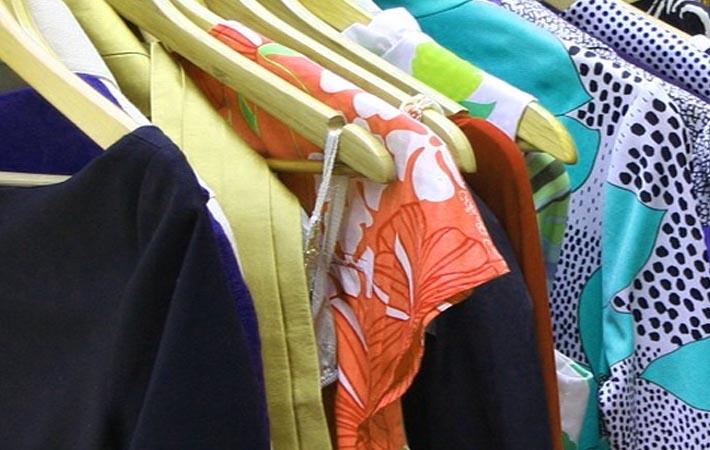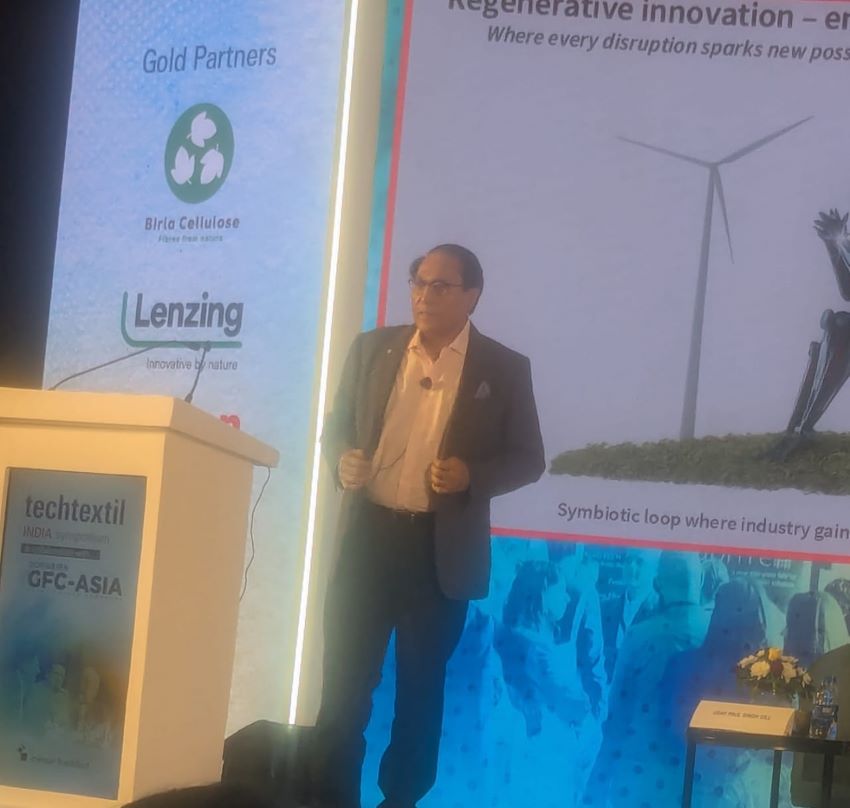
For decades, Indian apparel brands and retailers relied primarily on domestic sourcing. However, in recent years, there's been a significant shift towards Bangladesh. This trend, spurred by several factors, is transforming the landscape of the Indian apparel market.
Bangladesh a cost-competitive edge
The primary driver for this shift is cost competitiveness. Bangladesh offers significant advantages over domestic sourcing for Indian companies.
Labor costs: Bangladesh boasts lower labor costs compared to India. A 2023 study by the Garment Manufacturers and Exporters Association (BGMEA) of Bangladesh revealed that average wages in the Bangladeshi garment industry are nearly 20 per cent lower than their Indian counterparts.
Duty benefits: The South Asian Free Trade Agreement (SAFTA) allows duty-free import of certain apparel items from Bangladesh to India. This significantly reduces landed costs for Indian companies.
Strong manufacturing base: Bangladesh has emerged as a global leader in apparel manufacturing, boasting a skilled workforce and efficient production lines. Leading brands like H&M, Zara, and GAP source heavily from Bangladesh, a testament to its capabilities.
Reliance Retail, one of India's largest retail chains, exemplifies this trend. In 2017, they established a sourcing office in Bangladesh and have since ramped up their procurement from the country. As Mohit Batra, Country Head of Reliance's Bangladesh operations explains, they are offering huge quantities and are looking for manufacturers that can offer 20 per cent of their capacity. This highlights the significant cost savings Reliance enjoys by sourcing from Bangladesh.
Table: Bangladesh apparel exports to India productwise
|
Product category |
Percentage |
|
Knitwear (T-shirts, polos, etc.) |
60% |
|
Woven Shirts and Blouses |
20% |
|
Bottoms (Jeans, trousers) |
15% |
|
Others (Dresses, jackets) |
5% |
Product diversification in focus
While cost remains a major driver, Indian brands are also looking at Bangladesh for product diversification. Bangladesh excels in knitwear production, particularly T-shirts, polos, and sweatshirts. This aligns perfectly with India's growing demand for casual wear. Sweaters, hoodies, and other knitted garments are popular Bangladeshi exports, leveraging the country's expertise in knitwear manufacturing. Jeans and denim clothing are another major category, as Bangladesh has emerged as a global leader in denim production.
|
Year |
Bangladesh apparel exports to India |
Growth rate |
|
2017 |
129.81 |
- |
|
2018 |
279.19 |
115% |
|
2023 (estimated) |
403 |
45% (CAGR) |
The increasing sourcing from Bangladesh presents a win-win situation for both countries. India gains access to cost-competitive, high-quality garments, while Bangladesh expands its export market. As Deepak Mohindra, Founder of Apparel Sourcing Week, predicts, "Bangladesh's exports of garments to India could exceed $1 billion in two years." This trend is likely to continue as Indian brands and retailers seek to optimize their supply chains and cater to the growing demand for affordable fashion.












